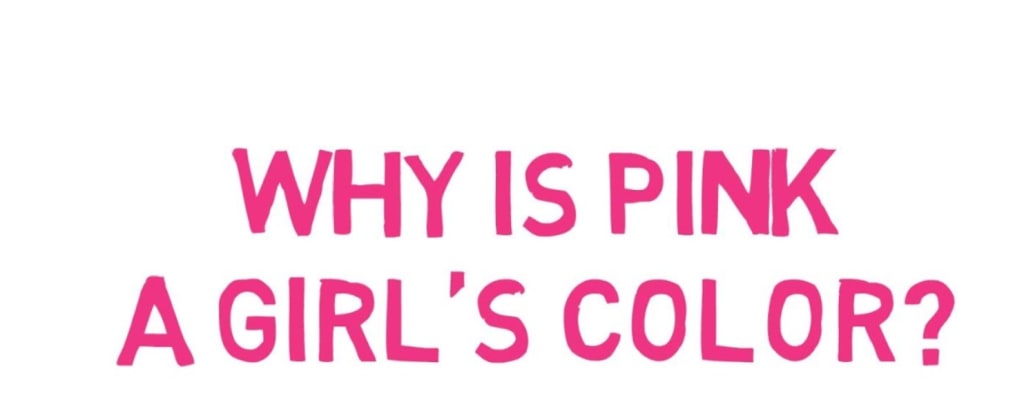
In the vast spectrum of human experience, few colors evoke as much emotion, symbolism, and controversy as pink. From its humble origins as a nondescript shade to its contemporary status as a potent symbol of gender, power, and rebellion, the journey of pink spans centuries and continents. In this comprehensive exploration, we embark on a chromatic saga, tracing the evolution of pink from a mere hue to a cultural phenomenon that challenges norms, empowers individuals, and reshapes societal perceptions.
The Genesis of Pink: From Neutrality to Gendered Symbolism
The origins of pink as a gendered color can be traced back to early 20th-century Western society. Prior to this period, pink held no inherent gender connotations and was often considered a neutral hue suitable for all. However, as societal attitudes towards gender began to crystallize, marketers and cultural influencers seized upon pink as a means of distinguishing between masculine and feminine identities. A 1927 survey conducted by Time Magazine revealed a mixed perception of color associations with gender in clothing lines, reflecting the fluidity and ambiguity of color symbolism at the time.
The Mamie Eisenhower Effect: Pink as an Emblem of Elegance and Femininity
The pivotal moment in the transformation of pink came during Dwight Eisenhower's inauguration in 1953. Mamie Eisenhower's iconic appearance in a rhinestone-studded pink ballgown captured the imagination of the nation, catapulting pink into the spotlight as the epitome of sophistication and femininity. Dubbed "Mamie pink," the color became synonymous with elegance, grace, and a departure from the austerity of wartime fashion. Mamie's unabashed embrace of pink challenged traditional gender norms and redefined notions of femininity for generations to come.
Cultural Shifts: Pink as a Tool of Rebellion and Empowerment
As pink gained popularity in women's clothing and home decor, it also emerged as a symbol of resistance against traditional gender roles. Figures like Diana Vreeland, renowned for her avant-garde approach to fashion, embraced pink as a means of subverting societal expectations and asserting individuality. The emergence of trailblazers like champion racecar driver Donna Mae Mims, who sported a pink uniform and racecar, further challenged stereotypes and celebrated pink as a color of strength and resilience. In popular culture, characters like the Pink Ladies in Grease and the Plastics in Mean Girls embodied the spirit of assertiveness and confidence associated with pink.
Pink in Politics: A Symbol of Defiance and Determination
In the realm of politics, pink took on new significance as a symbol of defiance and determination. Figures like Hillary Clinton, adorned in pink attire, used the color to signal their commitment to breaking gender barriers and advancing the cause of women's empowerment. In a memorable People magazine cover featuring Clinton in a bright pink jacket, the caption spoke to the need to "break the highest, hardest glass ceiling," encapsulating the spirit of resilience and ambition associated with pink.
The Empowerment of Pink: Redefining Gender Norms and Individuality
Beyond its symbolic associations, pink serves as a powerful tool for self-expression and empowerment. By reclaiming pink as a color of strength and individuality, individuals challenge restrictive gender norms and assert their identities with confidence and pride. Pink transcends its superficial associations, becoming a canvas upon which individuals paint their aspirations, dreams, and desires. In embracing pink, individuals defy societal constraints and celebrate the diversity of human expression.
The Enduring Legacy of Pink: A Color of Courage and Liberation
In conclusion, the evolution of pink from a neutral hue to a symbol of gender, power, and rebellion reflects broader shifts in societal attitudes towards identity and empowerment. From Mamie Eisenhower's iconic ballgown to contemporary expressions of defiance and resilience, pink has endured as a color of courage and liberation. By embracing pink, individuals challenge stereotypes, redefine gender norms, and assert their identities with unwavering determination and pride.
About the Creator
ava
The future belongs to those who prepare for it today






Comments
There are no comments for this story
Be the first to respond and start the conversation.